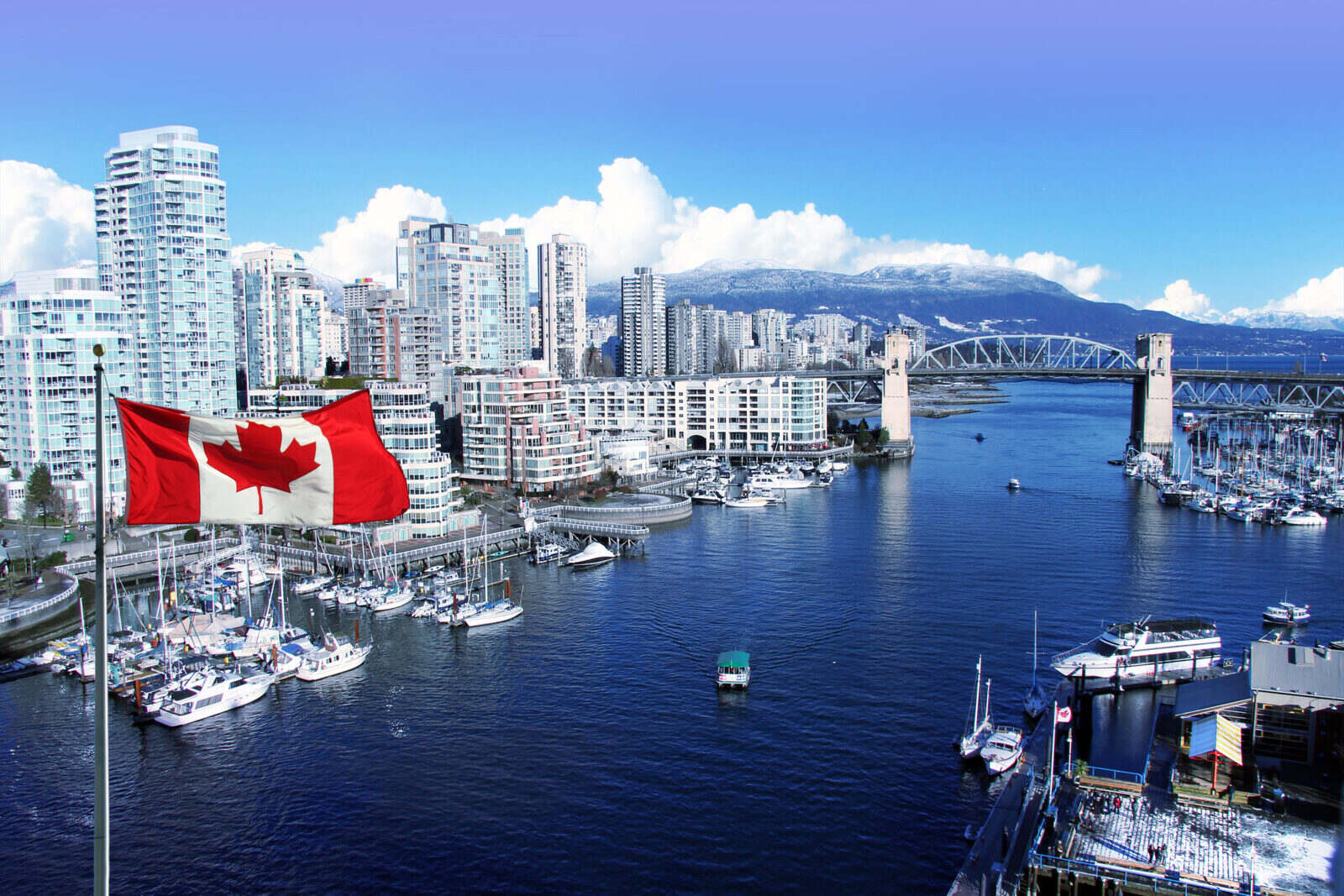What’s Behind Canada’s Mysterious Nickname The Great White North?

Ever wondered why Canada is called the Great White North? This nickname paints a vivid picture of vast landscapes covered in snow and ice. But there's more to it than just cold weather. Canada's northern regions experience long, harsh winters with heavy snowfall, making the term "white" quite fitting. The word "great" highlights the country's immense size, as Canada is the second-largest nation in the world. Additionally, the nickname reflects the country's pristine wilderness, filled with majestic mountains, expansive forests, and clear lakes. Curious about what else makes Canada the Great White North? Let's dive deeper into this intriguing moniker.
The Origins of "The Great White North"
Canada's nickname, The Great White North, conjures images of vast snowy landscapes and chilly temperatures. But what exactly makes this moniker so fitting? Let's explore some key places that embody this iconic name.
1. Yukon Territory
Yukon Territory, located in the northwestern part of Canada, is a prime example of the country's snowy wilderness. Known for its rugged terrain and sparse population, Yukon offers breathtaking views and a true sense of isolation.
- Whitehorse: The capital city, Whitehorse, is surrounded by mountains and forests, making it a haven for outdoor enthusiasts.
- Kluane National Park: Home to Mount Logan, Canada's highest peak, this park is a paradise for hikers and climbers.
2. Nunavut
Nunavut, Canada's newest and largest territory, is a land of ice and snow. Its remote location and extreme climate make it a unique destination for those seeking adventure.
- Iqaluit: The capital city, Iqaluit, offers a glimpse into Inuit culture and traditions.
- Auyuittuq National Park: This park features stunning fjords, glaciers, and rugged mountains, perfect for experienced hikers.
3. Northwest Territories
The Northwest Territories boast some of the most pristine wilderness areas in Canada. With its vast forests, rivers, and lakes, this region is a true representation of the Great White North.
- Yellowknife: Known for its vibrant arts scene and stunning views of the Northern Lights, Yellowknife is a must-visit.
- Nahanni National Park Reserve: Famous for its dramatic canyons and waterfalls, this park is a UNESCO World Heritage site.
4. British Columbia
While British Columbia is often associated with its coastal cities and temperate rainforests, its northern regions offer a taste of the Great White North.
- Prince George: This city serves as a gateway to the northern wilderness, with plenty of opportunities for outdoor activities.
- Tatshenshini-Alsek Provincial Park: Known for its glaciers and wild rivers, this park is a haven for adventurers.
5. Alberta
Alberta's northern regions are characterized by their vast boreal forests and snowy landscapes. This province offers a mix of natural beauty and cultural experiences.
- Fort McMurray: Known for its oil sands, Fort McMurray also offers access to stunning natural areas.
- Wood Buffalo National Park: One of the largest national parks in the world, it is home to diverse wildlife and beautiful landscapes.
6. Quebec
Quebec's northern regions are a blend of French-Canadian culture and rugged wilderness. The province's vast landscapes and snowy winters make it a fitting part of the Great White North.
- Saguenay: This region offers stunning fjords, forests, and opportunities for winter sports.
- Nunavik: Located in the northernmost part of Quebec, Nunavik is home to Inuit communities and breathtaking Arctic scenery.
7. Newfoundland and Labrador
Newfoundland and Labrador's northern regions are known for their dramatic coastlines and icy waters. This province offers a unique blend of natural beauty and cultural heritage.
- Labrador City: A hub for outdoor activities, Labrador City is surrounded by pristine wilderness.
- Torngat Mountains National Park: This remote park features rugged mountains, glaciers, and opportunities for wildlife viewing.
8. Manitoba
Manitoba's northern regions are characterized by their vast tundra and boreal forests. This province offers a mix of natural beauty and cultural experiences.
- Churchill: Known as the "Polar Bear Capital of the World," Churchill offers unique wildlife viewing opportunities.
- Wapusk National Park: This park is home to polar bears, caribou, and stunning Arctic landscapes.
9. Ontario
Ontario's northern regions offer a taste of the Great White North with their vast forests, lakes, and snowy winters. This province is a blend of natural beauty and cultural experiences.
- Thunder Bay: This city serves as a gateway to the northern wilderness, with plenty of opportunities for outdoor activities.
- Polar Bear Provincial Park: Known for its remote location and diverse wildlife, this park is a haven for adventurers.
10. Saskatchewan
Saskatchewan's northern regions are characterized by their vast boreal forests and snowy landscapes. This province offers a mix of natural beauty and cultural experiences.
- Prince Albert: Known for its vibrant arts scene and stunning views of the Northern Lights, Prince Albert is a must-visit.
- Athabasca Sand Dunes Provincial Park: Famous for its dramatic sand dunes and unique landscapes, this park is a UNESCO World Heritage site.
Embracing the Great White North
Canada's nickname, the Great White North, captures its vast landscapes, snowy winters, and northern charm. This name reflects the country's natural beauty, from the Rocky Mountains to the Arctic tundra. The term also highlights the cultural significance of winter activities like hockey and skiing, which are integral to Canadian life.
Understanding this nickname helps appreciate Canada's unique identity. It’s not just about the cold; it’s about the warmth of its people, the rich history, and the stunning scenery. Whether you’re exploring bustling cities or remote wilderness, the Great White North offers something special.
Next time you hear Canada called the Great White North, remember the deep connection to its geography, culture, and way of life. It’s a nickname that truly embodies the spirit of this incredible country.

